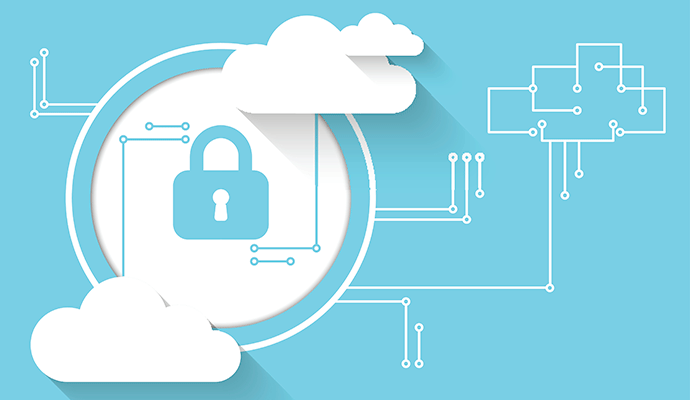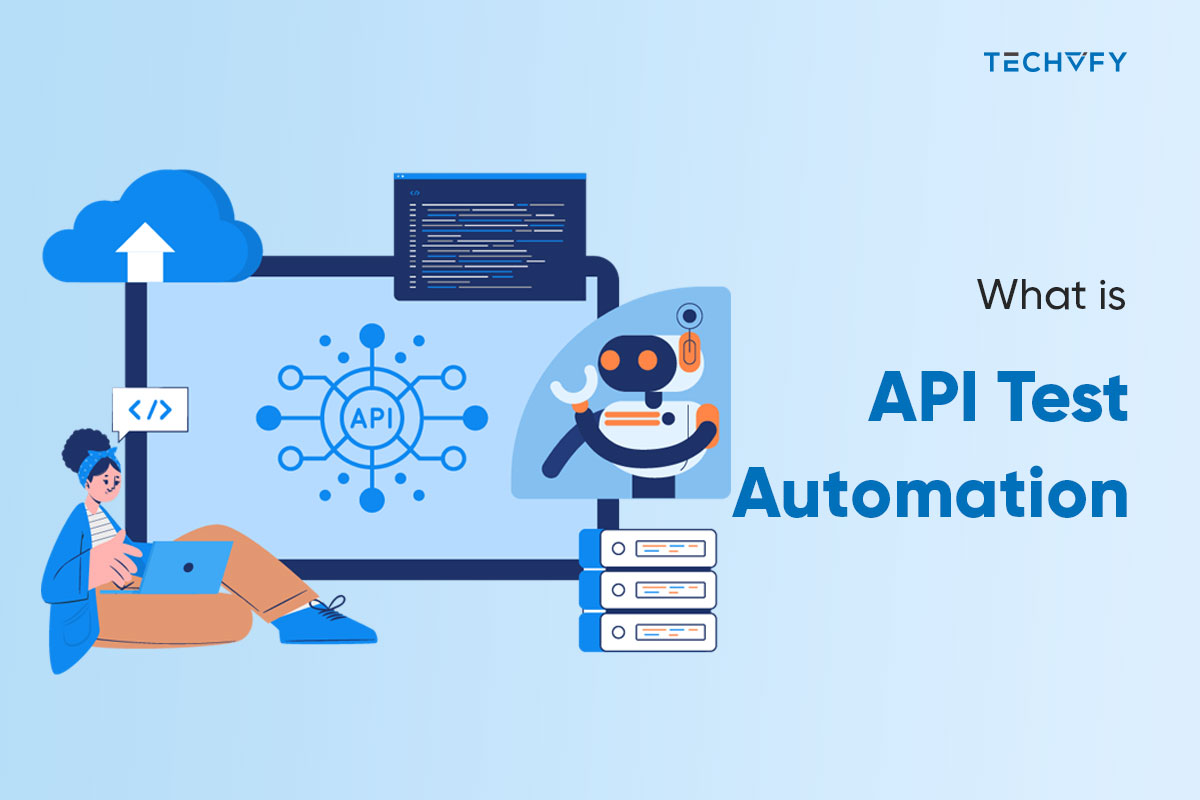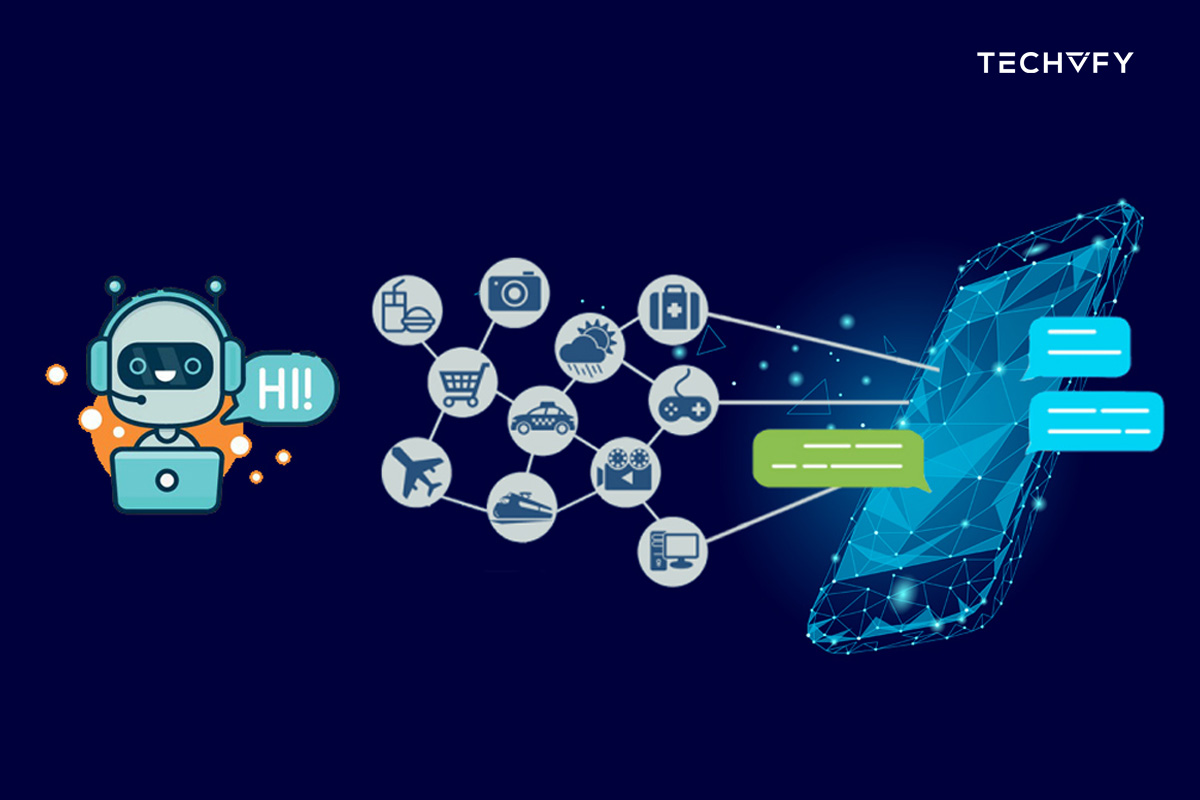Cybersecurity in Cloud Computing: Definition, Challenges and Best Practices
- David Ho
- 0 Comments
While seemingly at odds, cloud computing and cybersecurity complement each other. The main difference between cloud computing vs cyber security is that cloud computing involves outsourcing data storage to a third-party provider, while cybersecurity focuses on protecting this data. As businesses increasingly adopt cloud services, cloud security integration becomes essential. This new necessity has given rise to cloud security, a critical aspect of cyber security cloud computing.
This article will delve into the importance of cybersecurity in cloud computing, its challenges, and the best practices you can use right now to utilize cloud computing cybersecurity.
I. What are Cyber Security and Cloud Computing?
1. What is Cyber Security?
Cyber Security fundamentally focuses on keeping the digital space secure and intact. It’s akin to having a team of tech experts who vigilantly defend our online universe from hidden dangers, something we all undoubtedly appreciate.
This field employs various methods, tools, and best practices for safeguarding information and digital systems. Consider the role of firewalls, encryption, strong passwords, and consistent software updates; these are the techniques used by cybersecurity professionals to create a robust barrier against unauthorized access, hacking, and other harmful online actions. In essence, cybersecurity is about protecting devices connected to the Internet, like laptops, smartphones, and other electronic devices, as well as networks, servers, and data, from cyber threats. It safeguards information by blocking unauthorized access to data centers and computer systems.
2. What is Cloud Computing?
Cloud computing is defined as providing various computing services via the Internet, encompassing elements like servers, storage, networking, software, and data analytics. Businesses adopt it to reduce costs, increase agility, and strengthen cyber security cloud computing. Characterized by its scalable nature, cloud computing supports operational continuity, which is particularly beneficial during phases of rapid business growth.
II. Importance of Cybersecurity in Cloud Computing
1. Data Protection
Cloud computing involves storing vast amounts of sensitive data, including personal information, financial records, and intellectual property. Cybersecurity measures are essential to protect this data from unauthorized access, breaches, and theft. Without adequate security, data stored in the cloud can be vulnerable to cybercriminals, leading to significant financial and reputational damage.
2. Compliance and Legal Obligations
Many industries are governed by strict regulatory standards that mandate the protection of sensitive data. For instance, organizations in the healthcare sector are obligated to adhere to HIPAA rules, which require the protection of patient data. Failure to implement adequate cybersecurity in cloud computing can result in non-compliance, legal penalties, and fines.

3. Maintaining Customer Trust
Clients anticipate that their information will be managed with security and responsibility. A breach in a cloud computing environment can erode customer trust and loyalty, which can be challenging to rebuild. Implementing strong cybersecurity measures helps maintain customer confidence and demonstrates a commitment to protecting their information.
4. Business Continuity and Resilience
Cyber attacks can disrupt business operations, leading to downtime and loss of productivity. Effective cybersecurity in cloud computing ensures business continuity by protecting against such disruptions. It enables organizations to recover from attacks and maintain operational resilience quickly.
Secure your company IT assets with our insight:
III. The Challenges of Cybersecurity in Cloud Computing
- Lack of Cloud Security Strategy and Expertise
One of the significant challenges in cyber security for business is adapting to the evolving landscape of cloud computing. Traditional security methods for data centers need to be revised in the cloud environment. Administrators must acquire cloud-specific strategies and skills.
While cloud computing offers flexibility, it also introduces risks, especially for organizations needing more knowledge to navigate cloud security challenges. Inadequate preparation often results in a better understanding of the shared responsibility model, which defines the security roles of both the cloud provider and the user. Misinterpreting this model can lead to unintentional security gaps that could be exploited.
- Human Mistakes
Research by Gartner indicates that up to 2025, 99% of cloud security failures will stem from human errors. The risk of human error is always present in developing business applications, and this risk is amplified in the public cloud.
The user-friendly nature of the cloud means that individuals might use APIs without their knowledge, bypassing essential controls and creating security vulnerabilities. To manage these risks, it’s important to establish robust rules that guide users toward making safer choices.
A fundamental principle is to focus on improving processes rather than assigning blame for mistakes. Developing effective strategies and safeguards encourages correct actions and enhances overall security, rather than pointing fingers.
- Unmanaged IT Practices
Unmanaged IT, or “Shadow IT,” poses security risks by bypassing standard IT oversight and procedures.
This issue arises when employees independently use cloud services for work purposes. The ease of deploying and removing cloud resources makes it challenging to control their proliferation. For instance, developers might quickly set up workloads using personal accounts, leading to potentially insecure assets, often with default passwords or configuration errors.
The integration of DevOps further complicates this issue. Cloud and DevOps teams aim for speed and efficiency, which can conflict with the detailed oversight needed by security teams. This friction can hinder DevOps processes. DevOps requires a seamless method to deploy secure applications that integrate with their CI/CD pipeline.

IV. Best Practices for Cybersecurity in Cloud Computing
Maintaining security is an ongoing task as risks evolve; thus, companies must regularly update their strategies. Here are five effective practices for businesses to proactively safeguard their cloud storage against cyber threats.
| Least Privilege | Robust security is essential in our interconnected environment, and least privilege offers just that. This approach limits user and process access rights. A minor privilege policy grants access only to those who need it for their regular, legitimate tasks. This is particularly crucial for modern businesses and cloud-based operations, as it extends to systems, applications, and devices like IoT and RPA, limiting permissions to only what’s necessary for authorized activities. |
| Adapting SSH Keys | Secure Shell (SSH) serves as a network protocol, ensuring strong, encrypted connections alongside verification for users accessing systems remotely. It uses public-key cryptography and restricts remote access to servers or devices to authorized users through SSH keys. SSH is handy for accessing remote devices over insecure networks like the Internet. Businesses frequently use SSH for remote server support, updates, and file transfers, especially in cloud computing. |
| Using Multi-Factor Authentication | The 2021 data breach report highlights that 85% of breaches involve human error. Multi-factor authentication (MFA) secures cloud data and applications in two main ways: it adds an extra authentication layer using methods like security questions, biometrics, or OTPs. MFA in cloud environments challenges users to verify their identity and gives IT professionals control over application access. Administrators can then limit cloud apps or data access to only those who need it for their tasks, reducing the risk associated with lost or compromised login details. |
| Cloud Encryption | Encrypting data involves using algorithms to convert data into an unreadable format before storing it in the cloud. This applies to all data types, including text, files, codes, or images. Encryption prevents unauthorized or malicious users from accessing, stealing, or reading the data without the necessary keys. Businesses should assess their security needs before implementing cloud encryption tailored to their specific requirements and industry standards. |
| Performing Routine Penetration Tests | Cloud security is a joint effort between businesses and cloud service providers. Both parties are responsible for identifying vulnerabilities in the cloud. Penetration testing in cloud computing involves actively examining cloud systems by simulating attacks. Regular penetration tests help businesses detect threats, risks, and weaknesses, enabling them to enhance their systems. |
Conclusion
The integration of cybersecurity in cloud computing is not just a trend but a necessity in the modern business landscape. As dependence on cloud-based solutions grows and cyber risks escalate, it is essential to implement robust cybersecurity strategies. Implementing best practices like least privilege access, SSH keys, multi-factor authentication, cloud encryption, and routine penetration tests is vital for protecting digital assets.
Navigating these complexities requires expertise, and that’s where TECHVIFY can help. Our team offers expert cloud computing cybersecurity services, ensuring your business is secure and resilient against cyber threats.
For top-tier cloud security solutions tailored to your business needs, contact TECHVIFY today. Secure your digital future with us.
TECHVIFY – Global AI & Software Solution Company
From Startups to Industry Leaders: TECHVIFY prioritizes results, not just deliverables. Accelerate your time to market and see ROI early with high-performing teams, AI (including GenAI) Software Solutions, and ODC (Offshore Development Center) services.
- Email: [email protected]
- Phone: (+84)24.77762.666





